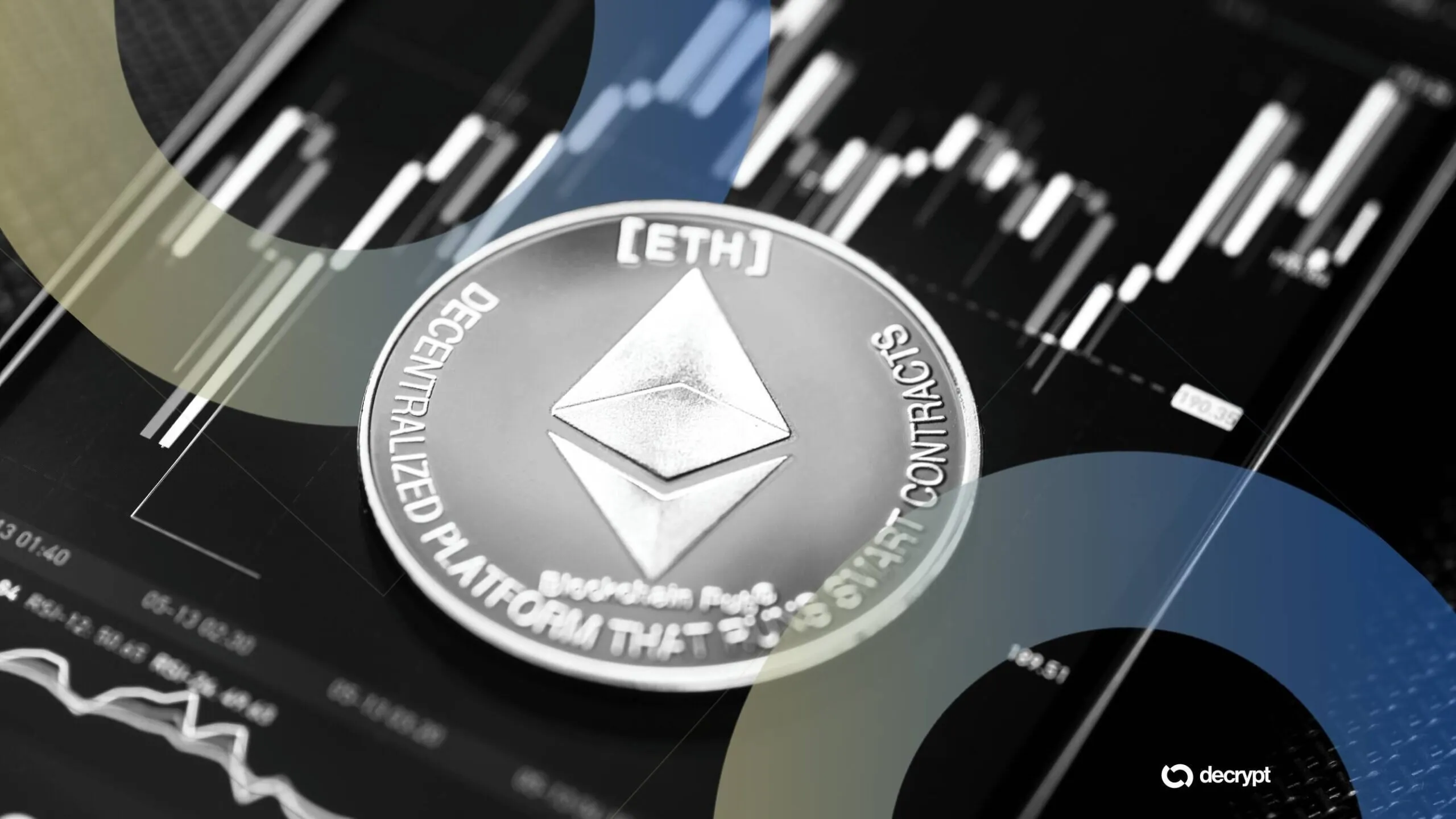Ethereum US Spot Demand Slips Amid Crypto Market Pressure

News Summary
U.S. investor demand for Ethereum has slowed considerably over the past week, influenced by Bitcoin's price drop. Key metrics such as ETF flows, Coinbase Premium, and the CME basis signal a decline in U.S. institutional demand for Ethereum. Experts attribute this primarily to the closure of the Grayscale arbitrage window and a broader macro risk reassessment. Ethereum ETF inflows have nearly stalled since mid-August, underscoring subdued investor confidence. Analysts indicate that institutional players are reassessing risk in the face of new macro conditions, elevated bond yields, and fading speculative appetite. Despite the short-term decline in institutional interest, experts reaffirm that this does not impact Ethereum’s long-term bullish outlook. Future growth is expected to be driven by Ethereum's real-world utility, tokenized assets, AI-linked infrastructure, and scalable DeFi protocols that generate real-world yield.
Background
It is currently 2025, and the cryptocurrency market is facing significant macroeconomic headwinds. The Federal Reserve, under the Trump administration, is discussing upcoming rate cuts, a worsening labor market, and quantitative tightening, all of which are prompting institutional investors to reassess risk. Bitcoin's recent underperformance, with price drops and substantial liquidations, has put pressure on the broader crypto market. Against this backdrop, U.S. spot Ethereum ETF inflows have slowed (despite initial arbitrage opportunities), indicating a rotation of institutional interest away from high-beta crypto exposure towards a more conservative risk management mode.
In-Depth AI Insights
Why are institutions reassessing crypto exposure now, and what does this signify for broader market sentiment? Institutional investors reassessing crypto risk signals a confluence of the post-ETF arbitrage era and heightened macroeconomic uncertainty. This isn't merely risk aversion but a deeper reflection of evolving capital allocation strategies: - Capital Efficiency Optimization: With the Grayscale arbitrage window closing and Ethereum underperforming Bitcoin and Solana, institutions are shifting capital from “passive” structural arbitrage opportunities to areas with more “active” return potential, or at least higher risk-adjusted returns. - Increased Macro Sensitivity: Amid potential Fed rate cuts, labor market shifts, and quantitative tightening, crypto's “complex to value” narrative loses appeal against traditional higher-yielding bonds and more stable stores of value. This suggests institutions now perceive crypto as an asset class more closely tied to broader macroeconomic cycles, rather than a completely uncorrelated hedge. - Market Maturity Signal: This institutional caution foreshadows the crypto market's transition from an early phase driven by structural opportunities and high speculation to a more mature stage emphasizing fundamentals, risk management, and interconnectedness with traditional financial markets. What are the strategic implications of Ethereum needing "new reasons to hold" beyond ETF-driven flows, particularly concerning real-world utility and a fiscal narrative? The notion that Ethereum needs "new reasons to hold" for future growth reveals a strategic imperative for its transition from a speculative asset to a productive one. This has profound implications for its valuation and ecosystem development: - Shift from "Beta" to "Alpha": Ethereum's past growth benefited from overall crypto market bull runs (beta) and the introduction of structural products like ETFs. Now, it must prove its intrinsic value (alpha) by generating real revenue, achieving cheaper scaling, and establishing a clear fiscal narrative to serve as productive collateral. This means valuation will focus more on its utility as economic infrastructure rather than pure digital scarcity or speculative potential. - Paradigm Shift in Ecosystem Development: This demand will accelerate the Ethereum ecosystem's shift towards real-world applications and value creation. The focus will move from mere DeFi money legos to projects that solve tangible real-world problems, enable asset tokenization, and support AI infrastructure. This will filter for genuinely innovative and business-model-driven projects, potentially weeding out those relying solely on hype. - Institutional Capital Repositioning: If Ethereum successfully transforms to offer “real-world yield” and a clear “fiscal narrative,” it will attract a broader, more stable pool of institutional capital seeking sustainable, predictable returns rather than short-term arbitrage or high-risk speculation. This would lead to further integration with traditional finance and a redefinition of its role in institutional portfolios. How might the divergence between institutional and retail sentiment play out in Ethereum's price trajectory? The divergence between institutional and retail sentiment, with institutions cautious short-term and retail remaining bullish on Ethereum, suggests a future price trajectory marked by volatility and uncertainty: - Short-Term Price Pressure: Reduced institutional flows and a shift to risk management mode could exert downward pressure on Ethereum's price in the short term, limiting its upside. As institutions typically control larger capital pools, their withdrawal or wait-and-see approach can significantly impact liquidity. - Potential Floor Support: Sustained bullish retail sentiment, especially the confidence shown in prediction markets, could provide some floor support for Ethereum. Retail buying might cushion the depth of price drops when institutions are selling or on the sidelines. - Market Efficiency and Information Asymmetry: This divergence also highlights market efficiency and information asymmetry. Institutions likely make decisions based on more comprehensive, complex macroeconomic models and structural market analysis, while retail may be driven more by community sentiment, technical analysis, and long-term conviction. This means either side could be “educated” if fundamental or macro conditions shift significantly. - Long-Term Trend Recalibration: Ultimately, Ethereum's price trajectory will hinge on the evolution of its fundamentals—whether it can genuinely deliver enhanced utility, lower costs, and a clear value proposition. If these fundamentals meet new institutional demands, institutional capital will eventually return; otherwise, retail optimism will be tested.